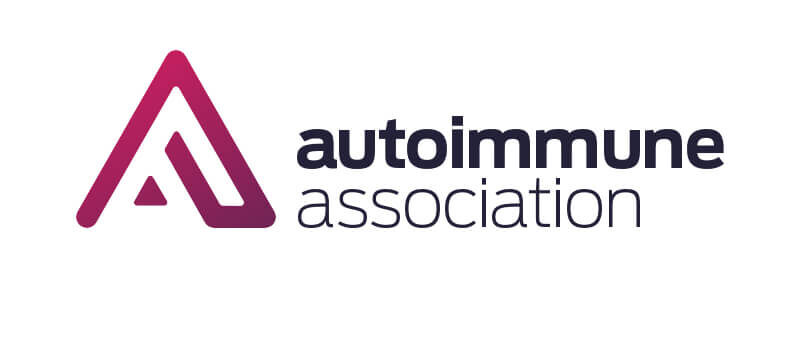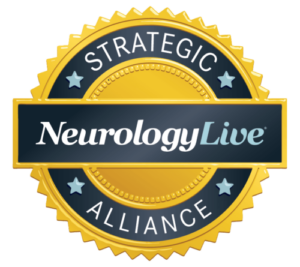Home » Research Summaries » Search Results
Archives: Research Summaries

Journal: Neurology; December 11, 2020
Author(s): Viktoria Papp, Melinda Magyari, Orhan Aktas, Thomas Berger, Simon A Broadley, Philippe Cabre, Anu Jacob, Jun-Ichi Kira, Maria Isabel Leite, Romain Marignier, Katsuichi Miyamoto, Jacqueline Palace, Albert Saiz, Maria Sepulveda, Olafur Sveinsson, Zsolt Illes
How common is NMOSD around the world?
This study reviewed 33 published papers on NMOSD epidemiology (how a disease occurs in different groups and why) to determine the worldwide prevalence (number of people with a disease at a time), incidence (frequency of occurrence), and basic demographic characteristics of NMOSD and provide a critical overview of the published studies. The results showed that NMOSD is a rare disease worldwide. The incidence and prevalence were highest in the Afro-Caribbean region and the lowest in Australia and New Zealand; and highest in African ethnicity, lowest in White ethnicity. NMOSD occurred most commonly in Middle-aged adults and more in females than males.
Free Access: Full text
read the full text

Journal: Multiple Sclerosis Journal; January 27, 2024
Author(s): Farren BS Briggs, Jacqueline Shaia
How common is NMOSD in the United States?
This study aimed to determine the number of people living with NMOSD in the US in 2022. The prevalence (number of people with the disease at a particular timepoint) was 6.88 per 100,000 people. The prevalence was highest in Blacks, followed by Asians and then Whites; more in females than in males. The study estimated that there were near 22,000 Americans living with NMOSD in 2022.
Free Access: Abstract only
read the abstract
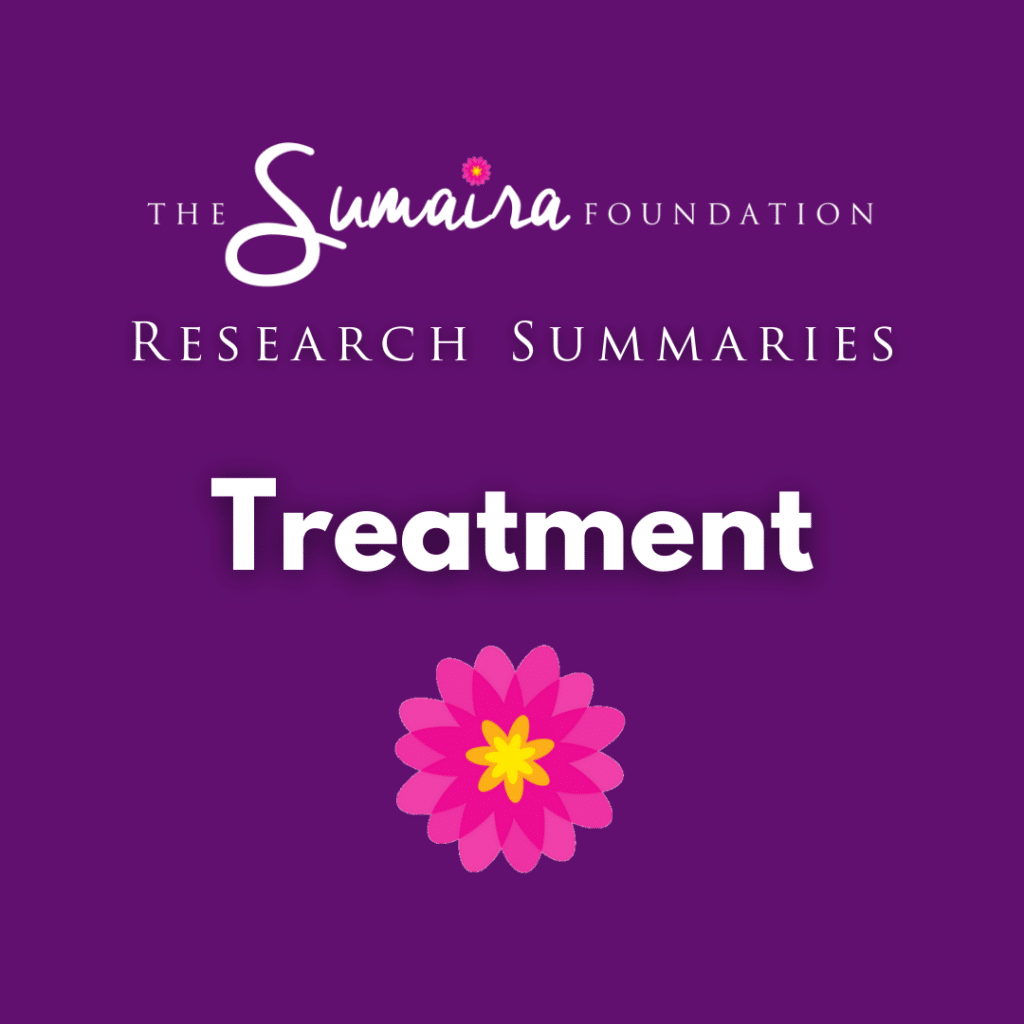
Journal: Journal of Neurology; September 7, 2023
Author(s): Tania Kümpfel, Katrin Giglhuber, Orhan Aktas, Ilya Ayzenberg, Judith Bellmann-Strobl, Vivien Häußler, Joachim Havla, Kerstin Hellwig, Martin W Hümmert, Sven Jarius, Ingo Kleiter, Luisa Klotz, Markus Krumbholz, Friedemann Paul, Marius Ringelstein, Klemens Ruprecht, Makbule Senel, Jan-Patrick Stellmann, Florian Then Bergh, Corinna Trebst, Hayrettin Tumani, Clemens Warnke, Brigitte Wildemann, Achim Berthele; Neuromyelitis Optica Study Group (NEMOS)
Updated recommendations for immediate attack treatment and long-term management of NMOSD
A group of experts called the neuromyelitis optica study group (NEMOS; see www.nemos-net.de) was founded in 2008 in the US to broaden the understanding of NMOSD and similar but distinct disorders, such as MOGAD. This paper, part 2 of 2, provides recommendations for NMOSD management considering the current available research and therapies.
The recommendations provided in the paper cover both aquaporin-4 (AQP4) seropositive (antibodies detected) and seronegative (antibodies not detected) NMOSD, including
- How to treat attacks
- How to prevent attacks
- Specific therapies based on mechanisms of action
- Classical immunosuppressants, namely, azathioprine, mycophenolate mofetil, low-dose oral glucocorticoids
- B Cell depletion therapies, namely, rituximab, inebilizumab,
- Complement inhibition therapies, namely, eculizumab, ravulizumab
- Interleukin-6 receptor blockade, namely, tocilizumab, satralizumab
- Other interventions such as stem cell therapy
- Ineffective and not recommended treatments
- Recommendations for double sero-negative NMOSD
- Sequencing and switching between therapies
- Decisions regarding therapy duration, pregnancy management, vaccination, and future therapies
Free Access: Full text
read the full text

Journal: Journal of Neurology; April 6, 2023
Author(s): Sven Jarius, Orhan Aktas, Ilya Ayzenberg, Judith Bellmann-Strobl, Achim Berthele, Katrin Giglhuber, Vivien Häußler, Joachim Havla, Kerstin Hellwig, Martin W Hümmert, Ingo Kleiter, Luisa Klotz, Markus Krumbholz, Tania Kümpfel, Friedemann Paul, Marius Ringelstein, Klemens Ruprecht, Makbule Senel, Jan-Patrick Stellmann, Florian Then Bergh, Hayrettin Tumani, Brigitte Wildemann, Corinna Trebst; Neuromyelitis Optica Study Group (NEMOS)
Updated recommendations for the diagnosis of NMOSD
A group of experts called the neuromyelitis optica study group (NEMOS; see www.nemos-net.de) was founded in 2008 in the US to broaden the understanding of NMOSD and similar but distinct disorders, such as MOGAD. NEMOS has published several US-wide and international multicenter investigations and practical recommendations on the diagnosis and treatment of NMOSD and MOGAD. This paper, part 1 of 2, updates the last NEMOS recommendations for the diagnosis of NMOSD, which were published in 2014.
The recommendations include:
- When to consider NMOSD? Factors based on clinical investigation and its general prevalence in certain populations
- How should NMOSD be diagnosed?
- What alternative diagnoses should be considered?
- Practical recommendations for antibody testing, cerebrospinal fluid analysis, other laboratory tests, MRI, and vision/eye function tests
- A commentary on unmet needs
Patients can refer to this paper for shared decision-making with doctors at the time of diagnosis.
Free Access: Full text
read the full text
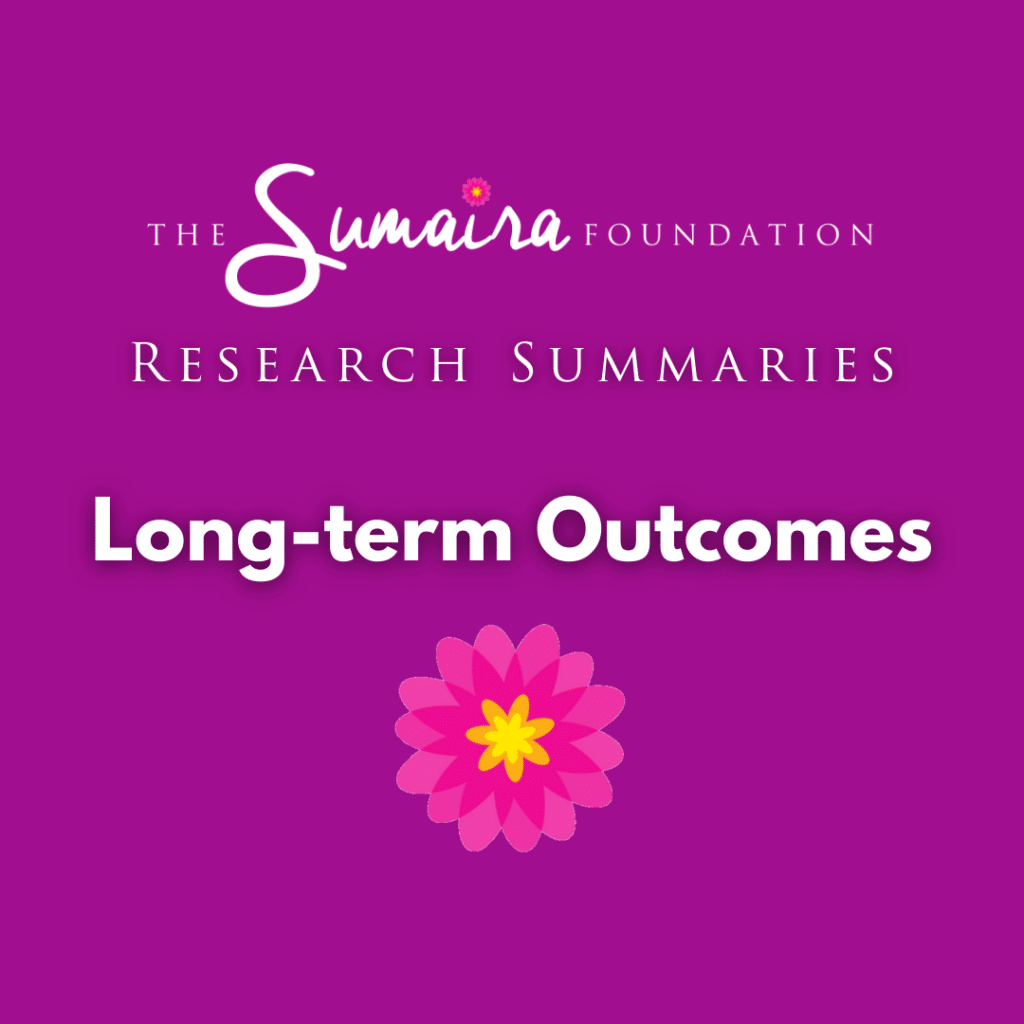
Journal: Journal of Neurological Sciences; March 1, 2024
Author(s): Negar Molazadeh, Philippe A. Bilodeau, Rebecca Salky, Gauruv Bose, Itay Lotan, Gabriela Romanow, Monique R. Anderson, Marcelo Matiello, Tanuja Chitnis, Michael Levy
What predicts a relapsing disease course after the first demyelination event in MOGAD patients?
MOGAD may manifest as a one-time occurrence of demyelination (monophasic) or as multiple episodes (relapsing) over time. This study followed 124 MOGAD patients (77 female) for a median duration of 4.8 years to determine what factors could predict whether patients would have relapses based on the first occurrence. During the follow-up time, 50 of the patients (40.3%) remained monophasic and 74 (59.7%) developed a relapsing course. The average time between the first episode and the second episode was 3 months. Relapsing disease was less likely if maintenance therapy with intravenous immunoglobulin, rituximab, and mycophenolate mofetil was initiated after the first attack. If the first attack itself involved multiple demyelination events, a relapsing course was more likely.
Free Access: Patient access via email
read the abstract
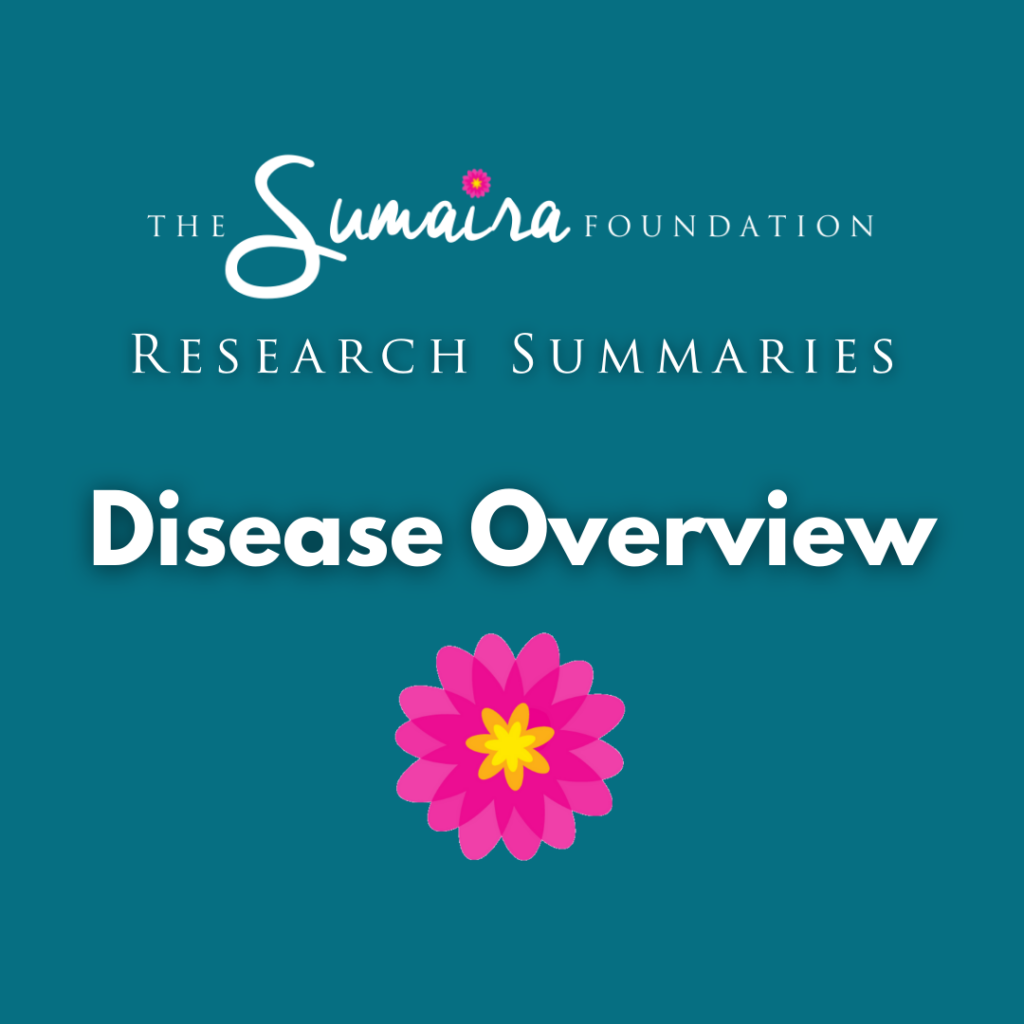
Journal: Journal of Neurology; May 8, 2023
Author(s): Abdullah Al-Ani, John J Chen, Fiona Costello
MOGAD: Current understanding and challenges
MOGAD accounts for more cases of demyelinating conditions in children (30% than it does in adults (5%). New diagnostic criteria for MOGAD have recently been proposed, which highlight the following as key symptoms of MOGAD: optic nerve or spinal cord inflammation, widespread brain inflammation [acute disseminated encephalomyelitis (ADEM)], specific deficits in one or more location in the bran, issues with the brainstem or cerebellum, and brain inflammation-triggered seizures as the main defining features of this disease. Despite these diagnostic criteria, diagnosing MOGAD may be challenging because the disease overlaps with MS and NMOSD in many aspects of manifestation. This study outlines what currently available evidence shows about MOGAD and the challenges associated with diagnosing it and distinguishing it from MS and NMOSD. This review could help clinicians determine what specific features to pay attention to, when to perform MOG-antibody tests, and how to interpret these antibody tests in tandem with clinical features when diagnosing MOGAD.
Free Access: Full text
read the full text

Journal: Multiple Sclerosis and Related Disorders; January 11, 2021
Author(s): Alexandre Lampros, Thomas De Broucker, Mickael Bonnan
Could fever be a sign of MOGAD?
In many cases of MOGAD, fever is an initial symptom which is often ignored. This study presents a case of MOGAD that started with symptoms of prolonged fever and meningitis ((inflammation of the brain and spinal cord coverings). The researchers also studied 146 previously published cases of MOGAD and found that about 39% of them involved fever, which lasted more than 1 week in 74% of these cases. Clinicians should pay attention to symptoms of fever when diagnosing MOGAD.
Free Access: Abstract only
read the abstract

Journal: Annals of Neurology; September 1, 2022
Author(s): Frederike Cosima Oertel, Elias S Sotirchos, Hanna G Zimmermann, Seyedamirhosein Motamedi, Svenja Specovius, Eva Susanna Asseyer, Claudia Chien, Lawrence Cook, Eleni Vasileiou, Angeliki Filippatou, Peter A Calabresi, Shiv Saidha, Lekha Pandit, Anitha D'Cunha, Olivier Outteryck, Hélène Zéphir, Sean Pittock, Eoin P Flanagan, M Tariq Bhatti, Paulus S Rommer, Gabriel Bsteh, Tobias Zrzavy, Tania Kuempfel, Orhan Aktas, Marius Ringelstein, Philipp Albrecht, Ilya Ayzenberg, Thivya Pakeerathan, Benjamin Knier, Lilian Aly, Nasrin Asgari, Kerstin Soelberg, Romain Marignier, Caroline Froment Tilikete, Alvaro Cobo Calvo, Pablo Villoslada, Bernardo Sanchez-Dalmau, Elena H Martinez-Lapiscina, Sara Llufriu, Ari J Green, Michael R Yeaman, Terry J Smith, Alexander U Brandt, John Chen, Friedemann Paul, Joachim Havla; with the GJCF International Clinical Consortium for NMOSD and the CROCTINO study group
Evaluation of long-term damage to the retina in MOGAD patients
MOGAD patients suffer severe optic neuritis, which can lead to damage to the nerve fibers in the retina. In this study, researchers assessed whether retinal damage continues accruing even without active relapses, by using a technique called optical coherence tomography (OCT). They found that new instances of retinal damage are unlikely to occur without an active MOGAD optic neuritis relapse, but the effects of the damage caused by any episode can continue for up to 1 year.
Free Access: Full text
read the full text

Journal: Frontiers in Neurology; September 15, 2023
Author(s): Jyh Yung Hor, Kazuo Fujihara
How common is MOGAD worldwide?
This study evaluated prior medical literature to determine how commonly MOGAD occurs and how widespread it is worldwide. The average age of disease development is approximately 30 years, and male and female sexes seem to have equal changes of being affected. Approximately 30% cases involve children. The prevalence of MOGAD (how many people are affected) is approximately 1.3–2.5/100,000, and the annual incidence (how often it occurs per year) is approximately 3.4–4.8 per million. Among white people, MOGAD appears to be slightly more prevalent than NMOSD with aquaporin-4 antibodies (AQP4+ NMOSD). Co-existing autoimmune disorders are less common in MOGAD than in AQP4+ NMOSD.
Free Access: Full text
read the full text

Journal: Neurology Neuroimmunology & Neuroinflammation; November 17, 2023
Author(s): Mirasol Forcadela, Chiara Rocchi, Daniel San Martin, Emily L Gibbons, Daniel Wells, Mark R Woodhall, Patrick J Waters, Saif Huda, Shahd Hamid
Accurate diagnosis of MOGAD relies on the timing of antibody tests
Diagnostic criteria for MOGAD have been recently published. This study aimed to validate these criteria in a real-world group of patients with atypical inflammation of the central nervous system. The authors evaluated clinical records of 408 patients with atypical signs of a demyelinating syndrome, who had been to the National NMOSD specialized service at The Walton Center NHS Foundation Trust between 2012 and 2023. They systematically applied the 2023 MOGAD diagnostic criteria and previous 2018 International Diagnostic Recommendations for MOG encephalomyelitis to these clinical records. They found that the 2023 MOGAD diagnostic criteria were an improvement on the 2018 recommendations, were highly sensitive and specific, and could accurately diagnose MOGAD in 97% patients. Timing of testing is important to support the diagnosis of MOGAD.
Free Access: Full text
read the full text












